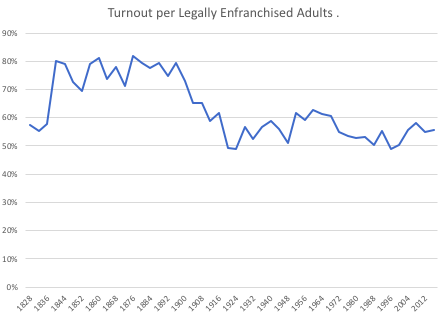- Facebook78
- Total 78
“Civic Studies Major Begins in the Fall: The new program will combine academics and civic engagement,” by Helene Ragovin in Tufts Now:
Since the university’s founding, civic engagement and rigorous academics have been “deeply embedded in Tufts’ DNA,” says Tisch College’s Peter Levine. Now a new civic studies major in the School of Arts and Sciences continues that tradition.
The faculty of Arts and Sciences in March approved the program, which will begin in the fall 2018 semester. It will combine the experiential component of community internships—a hallmark of the Jonathan M. Tisch College of Civic Life—and the scholarship from the emerging discipline of civic studies. It is believed to be the first program of its kind at a university.
“While a lot of colleges have programs and encourage being civically engaged, there are no majors that are as academically centered as this one,” said Levine, the associate dean for research and Lincoln Filene Professor of Citizenship and Public Affairs at Tisch College. “With civic studies as a major piece of what we offer, it furthers our goal of making Tufts the best in the world for civic education.”
Levine, along with Erin Kelly, associate professor and chair of philosophy, and Ioannis Evrigenis, professor of political science, will teach the introductory course for the subject. Levine said Kelly was a key player in establishing the new program and shepherding it through the approval process. Levine and Kelly will be the program directors.
Civic studies is an interdisciplinary program, and students will be required to take it as a double-major, along with another discipline from Arts and Sciences. The major will require eleven courses, including the introductory course, an internship, and a capstone seminar. The other courses must be distributed among the following themes: thinking about justice; social conflict and violence; civic action and social movements; and civic skills. The courses draw from departments such as political science, history, sociology, psychology, and community health, among others.
The establishment of civic studies as an intellectual movement dates back about a decade, when several scholars issued a framing statement that has since become the blueprint for the discipline, Levine said. This liberal arts perspective marries well with the goals of Tisch College, he said.
“For nearly twenty years, Tisch College has been deeply engaged in trying to educate all Tufts students for civic life. Now our ambitions have become more and more academic, and we are increasingly supporting classroom learning. Civic studies is the next step,” he added. “Civic studies focuses on critical reflection, ethical thinking, and action for social change within and between societies,” he said.
The new major fills the space left by the former peace and justice studies major in A&S, Levine said. There will be an optional peace and justice track within civic studies, and peace and justice will also still be available as an A&S minor. Peace and justice students were consulted as the new major was being developed, Levine said, as were faculty in A&S departments that could be seen as “complementary or competitive” with civic studies. “We didn’t want to have a new major that would compete with something we already have,” Levine said. Other department chairs supported the proposal, he said.


